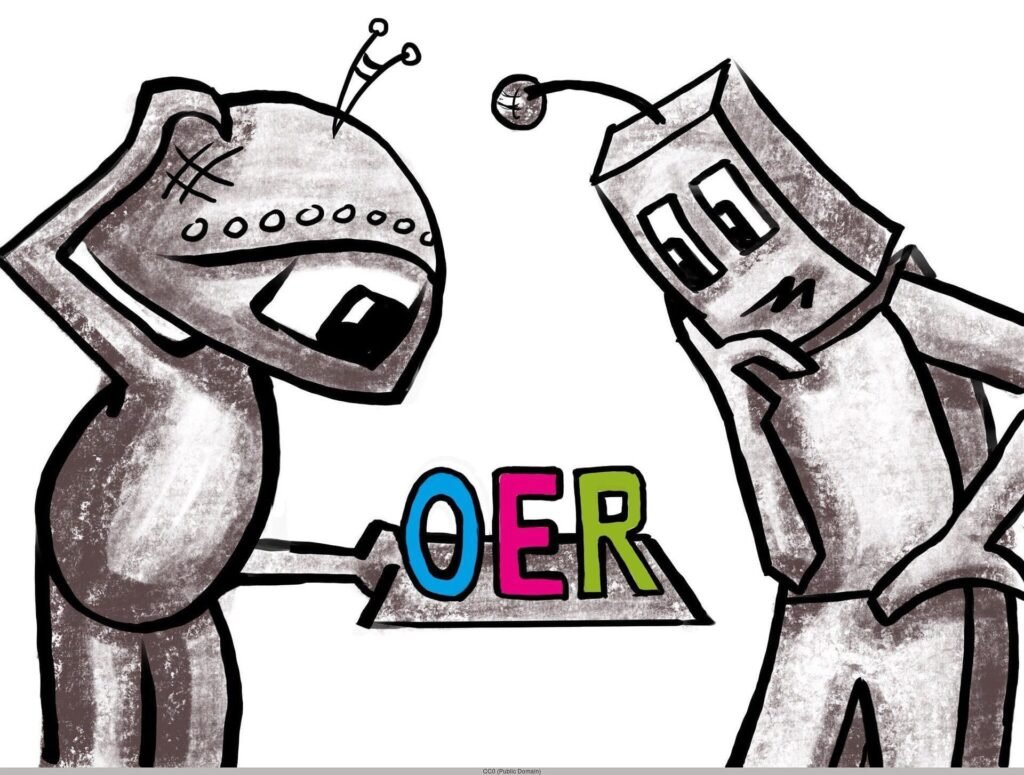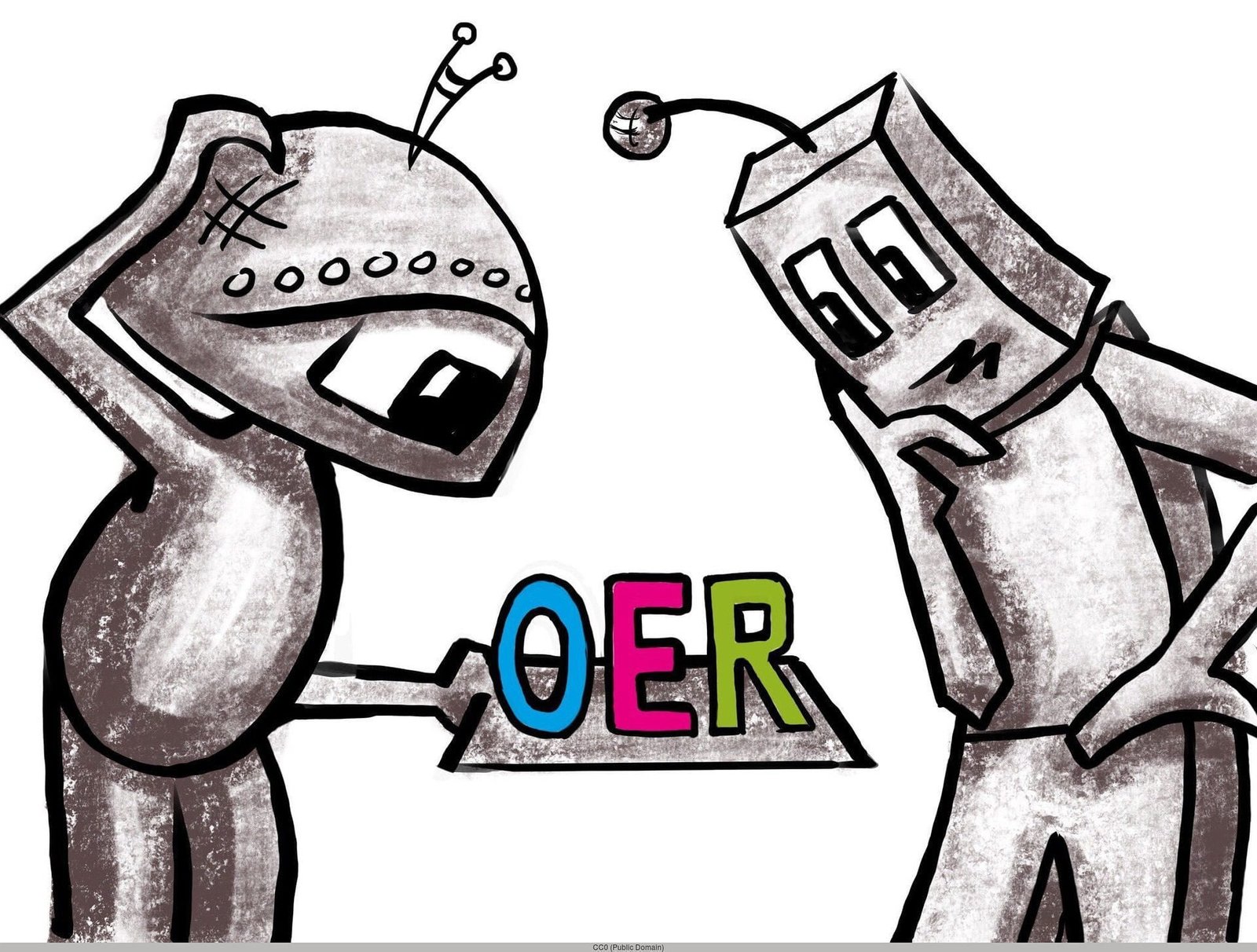
Kids learn through playing. Unbeknownst to many parents, the toys you buy for your kids have an effect on their growth and development. Each requires a special level and set of skills that will have them tapping into their creativity and intuition, providing a strong learning foundation. That said, any toy is valuable to a developing brain.
However, there are specific toys that provide more specific and controlled value to children. These are referred to as learning, instructional, or educational robots or toys. At their very core, they are toys like any other but have been created and tested based on irrefutable research on the learning of our children.
The skills to be learned from the educational robots include cognitive, motor, and soft skills among others. It is somewhat complicated for those new to the idea to grasp that there are specific robots for each set of skills. It is for this reason that we put together this guide to help you select one that will set the perfect foundation for your kid. No, it doesn’t include the specific products and it doesn’t need to – these tips should be enough to direct you to the very product you need.
- Know the difference between toys and tools.
Although the terms may be used interchangeably in some cases, there is a profound difference between them. This difference can be elaborated by comparing an educational robot such as Cubetto to a common toy such as the remote-controlled robot dinosaur. Sure, the kids will learn something from the dinosaur as they play, but they haven’t been specifically designed to teach. The Cubetto is equipped with such features as those that support computational thinking. It can engage your kids in problem-solving, making them empowered and active decision-makers.
Toys, such as the dinosaur, suppress creativity as they have limited control (GO and STOP). Tools include many variables and 360-degree motion. They provide opportunities for them to develop complex and creative thinking as they program the robot. Some even have a function block’ feature to create better code. It is only by checking whether the robot was designed based on research, will you create a good foundation for your kids.
- There are specific robots for each age group
The skills to learn become more intense and complex with age. That said, the toys and robots you purchase will only be effective if your kid is in the age group specified. But it isn’t much of a hassle as most, if not all, educational robots indicate the target age on the package. Sure, any kid can play with any toy, but those of older kids come with small parts e.g pointers for screens. These pose a choking hazard to younger ones. Additionally, those designed for younger children use simpler language and easier concepts than those for older children.
- Intentional teaching
The mistake that most first-time parents do is making an uninformed and unintentional decision. Intentional decisions are reflective and purposeful. They are made on the basis of our goal for our children, and proper understanding of development.
The diversity of educational robots allows you to teach your children anything from the most basic to the most complex of skills. By determining what you want your kid to learn, and integrating it with his/her interests, you will find the ideal robot. For instance, if your kid loves music, an educational robot that integrates music will keep them interested as they learn.
- Consult, consult, consult
Remember, you only get shot at this. Once your child grows up past a certain age, efforts to set the foundation again will be futile. The only way to keep the possibility of error at a minimum is to consult experienced parents – especially if it is your first time. Do not try to learn from errors under the assumption “I will raise the second one better.” You can learn from the mistakes of other parents and follow the advice of experts in the field. Product reviews are also very handy. You also need to consult others if, for instance, you have two robots and you don’t know which one is best. Relatives and friends can point you to the one that worked best for their children.
- Simplicity
Although the goal is to challenge and keep them engaged, some challenges may be too complex. Remember the attention span of kids is short, so it should just be as challenging as it is exciting. Keep away from products that require complex or risky procedures such as soldering.
- Check the product warranties: Kids can be destructive.
Even though educational robots are built with children in mind, there is still the risk that your kid will hurl them across the room. Generally, none can withstand such aggressiveness. We all want the best for our children. With that, chances are you will break the bank for the best foundation. If this is your case, make sure that the product is protected in case of accidents and can be replaced. It would be a shame if you fished out hundreds of dollars just to use it as a shelf decoration.
In a nutshell
Complex thinkers, problem solvers, and active creators are just some of the skills we would want to see in our children. In using the above tips to guide your selection, you have made the first step into a wonderful future for your gifted child.
Written by: Anne – About the author: Consultant for the website meilleur-robot-comparatif, Anne has access to many different types of connected gadgets and toys. As an ex-product engineer, she is used for independent testing and reviewing.
Related Articles





Leave a Reply